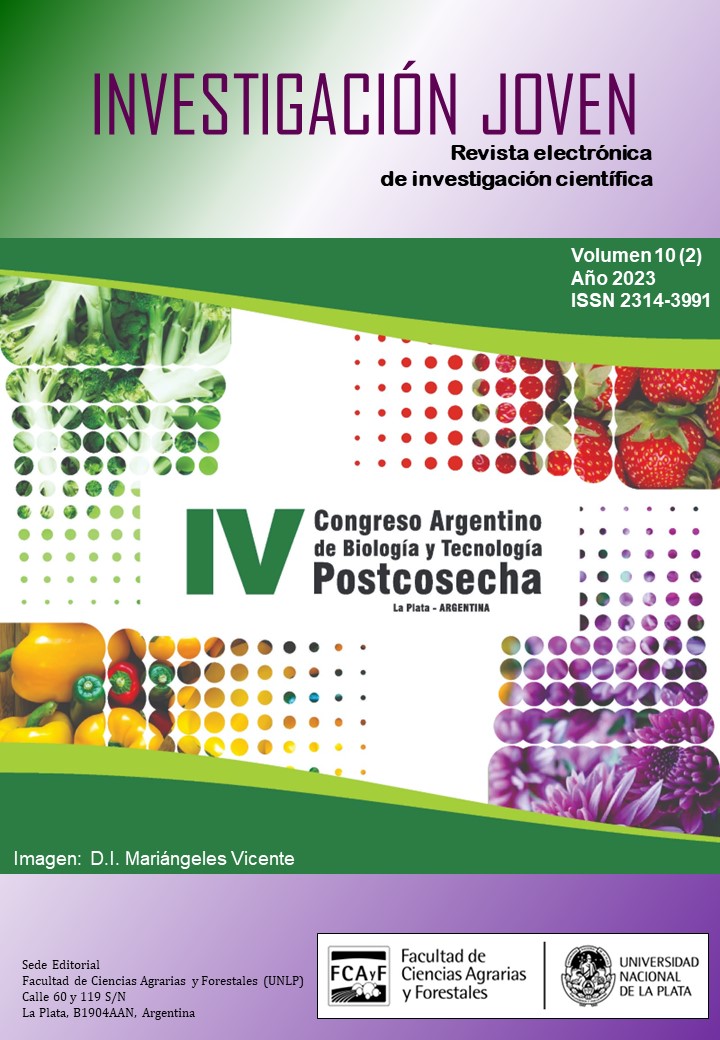Ultraviolet-C hormesis: An ecological approach to disease and pest control in fruit and vegetable production
Palabras clave:
bioactive compounds, crops diseases, integrated pest management (IPM), insect pests, shortwave UV-CResumen
At all stages of growth and development, as well as during transport and storage, fresh fruits and vegetables are exposed to the pressure of a number of biological stress factors. In many cases, these stressors - fungi, viruses, bacteria and insects - can cause significant damage, leading to quality and economical losses. To prevent or combat these biological stressors, the horticultural industry has resorted to the use of synthetic pesticides. This abusive practice is of concern to both the scientific community and the general public, as this dependence is having a negative impact on the environment while resistant strains are developing, hence the urgent need to develop sustainable alternative solutions. The first study positioning UV-C hormesis as a potential alternative for reducing postharvest diseases was carried out in the late 1980s. Over the past 15 years, the treatment of horticultural crops during growth with hormetic doses of UV-C was proven effective in the management of several pests. While early work on postharvest crops had established that the effective doses for a wide range of crops was between 0.125 and 9 KJ/m2, for growing crops, the effective dose was
much lower, i.e. between 0.01 and 0.85 KJ/m2. However, cumulative applications of the selective dose were required to obtain the desired responses on growing plants. The frequency of application was one to four times a week during the targeted growth period. Nevertheless, the beneficial responses reported over several decades on postharvest crops were maintained on growing crops, namely disease control, senescence slow-down and quality improvement in terms of increases in bioactive compounds. In addition, an interesting effect of UV hormesis observed on growing plants not generally reported in studies at the postharvest stage was the effective control of certain insect pests. Most studies on the postharvest stage have been carried out using systems made in-house. Recent years have seen the development and commercialization of effective UV treatment equipment for field and greenhouse crops. Nowadays, with the current impetus provided by advances in robotics, it is clear that UV hormesis will earn its spurs and finally find its place as a viable component of Integrated Pest Management (IPM) programs.
Descargas
Publicado
Número
Sección
Licencia
Derechos de autor 2023 Marie Thérèse Charles

Esta obra está bajo una licencia internacional Creative Commons Atribución-NoComercial-CompartirIgual 4.0.


















